
What are The Types of NFTs?

Table Of Contents
In the ever-evolving world of blockchain and cryptocurrencies, Non-Fungible Tokens (NFTs) have emerged as a groundbreaking innovation.
These unique digital assets have created a new paradigm of value and ownership in the digital realm. But NFTs are not a monolithic entity. They come in various types, each with its own characteristics and uses.
NFTs have taken the digital world by storm, offering a new way to own and trade unique items in the digital space.
But did you know there are different types of NFTs? Let’s explore.
Art NFTs: Revolutionizing the Art World
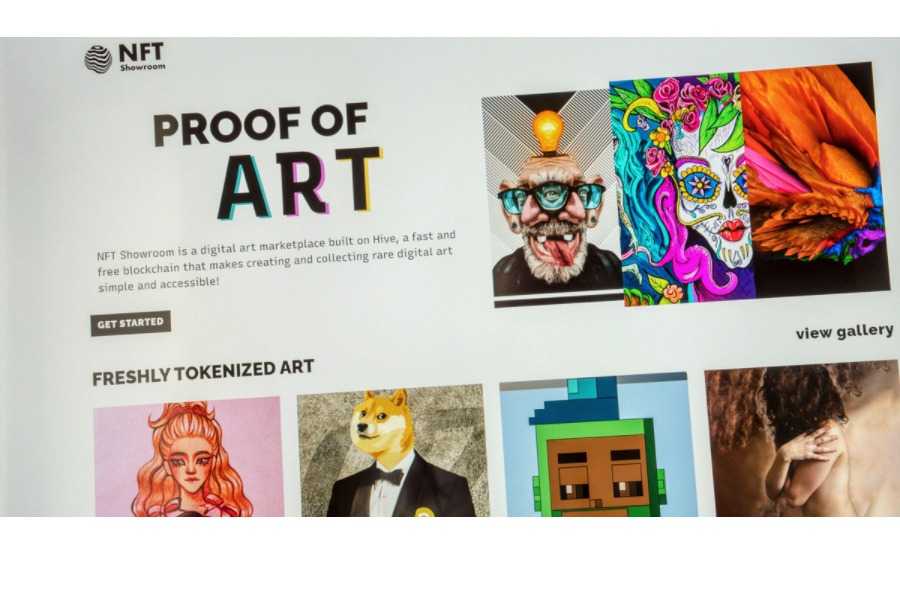
Art NFTs are the most well-known type of NFTs. They are digital representations of artwork, where each token represents a unique piece of art. Artists can mint their artwork into NFTs, giving them a unique identifier on the blockchain. This allows artists to sell their work directly to consumers, bypassing traditional art dealers and galleries.
Art NFTs have been a game-changer in the art world, with artists like Beeple making headlines for selling NFT artwork for millions of dollars. They’ve democratized the art industry, allowing artists to retain more control over their work and earn a fair share of the profits.
Collectible NFTs: The New Age of Collectibles
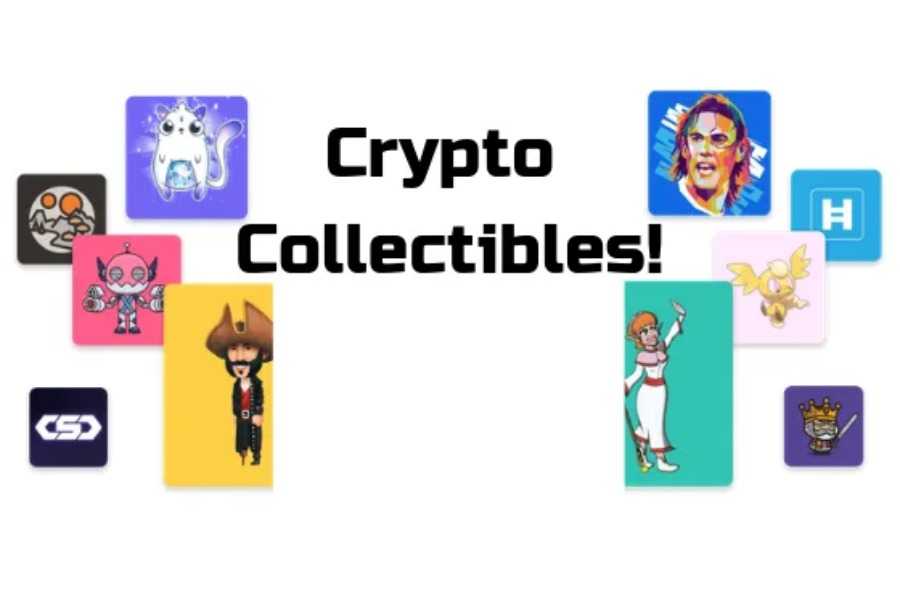
Collectible NFTs are digital collectibles that you can own, trade, and sell. They can represent anything from virtual pets to sports cards. CryptoKitties is a popular example of collectible NFTs, where each CryptoKitty is a unique digital pet that can be bred, collected, and sold.
NBA Top Shot is another example, where fans can collect and trade officially licensed NBA collectible highlights. These digital collectibles have brought a new dimension to the hobby, making it more accessible and exciting for collectors worldwide.
Virtual Real Estate NFTs: Owning a Piece of the Metaverse
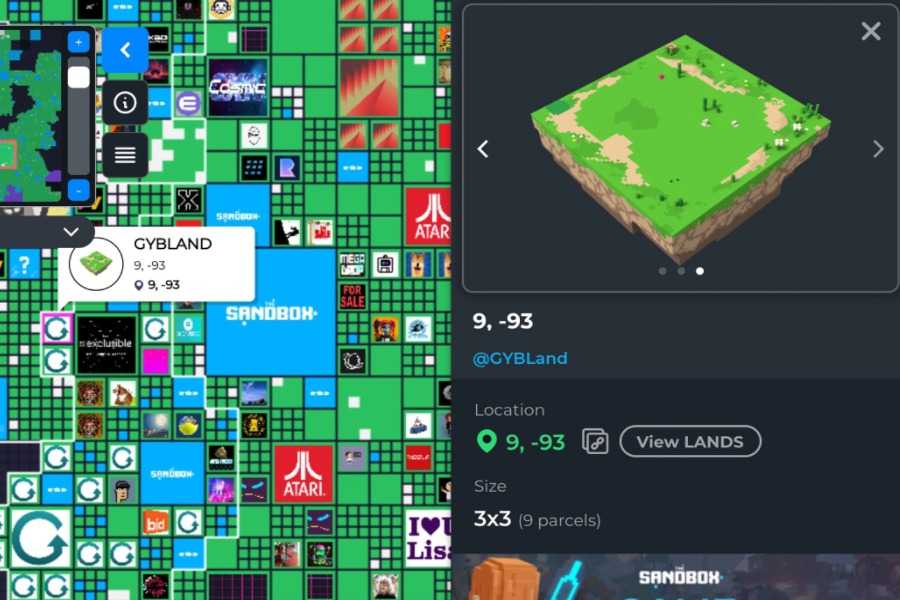
Virtual Real Estate NFTs represent ownership of virtual land in digital worlds. Platforms like Decentraland and Cryptovoxels allow users to buy, sell, and trade virtual land as NFTs. Owners of virtual land can build virtual buildings, host events, or rent out their land to other users.
Virtual Real Estate NFTs have seen significant growth, with some virtual properties selling for millions of dollars. They’ve opened up new opportunities for investment and entrepreneurship in the digital world, paving the way for the development of the metaverse.
Utility NFTs: More Than Just Art

Utility NFTs provide the owner with a certain utility or function. They can represent access to a service, a membership, or even physical items. For example, an NFT could grant you VIP access to a concert, or it could represent ownership of a physical item like a pair of sneakers.
Utility NFTs add a new dimension to NFTs, extending their use beyond just digital items. They’ve opened up new possibilities for businesses and service providers to offer unique, blockchain-backed products and services.
Fractional NFTs: Democratizing Ownership
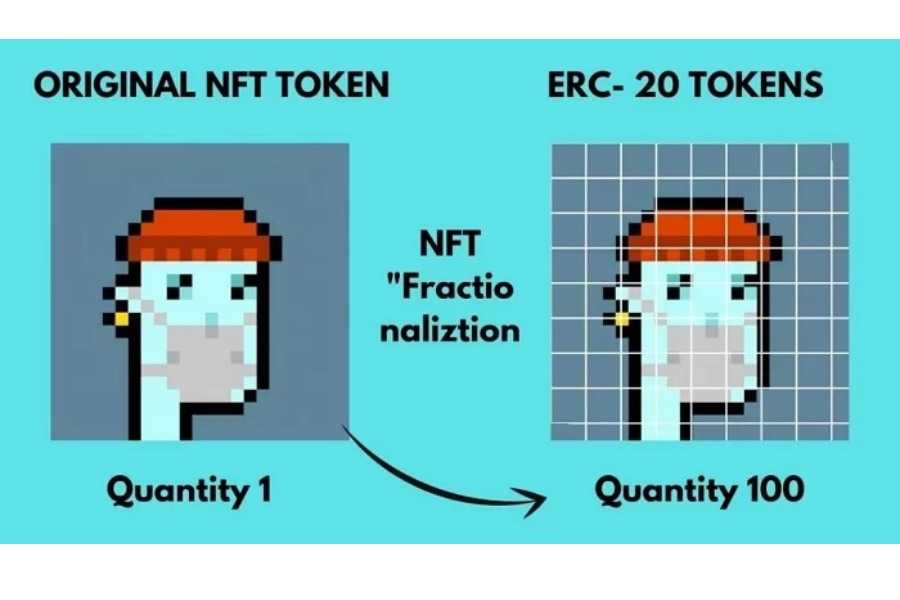
Fractional NFTs allow for the ownership of a fraction of a single NFT. This means that an expensive piece of NFT art or virtual real estate can be owned by multiple people, each holding a fraction ofthe NFT. Fractional NFTs make it possible for more people to participate in the NFT market, even if they can’t afford to buy a whole NFT.
Fractional NFTs are a significant development in the NFT space. They democratize access to high-value NFTs and create a more inclusive market. They also open up new possibilities for shared ownership and collective investment in digital assets.
Conclusion: The Expanding Universe of NFTs
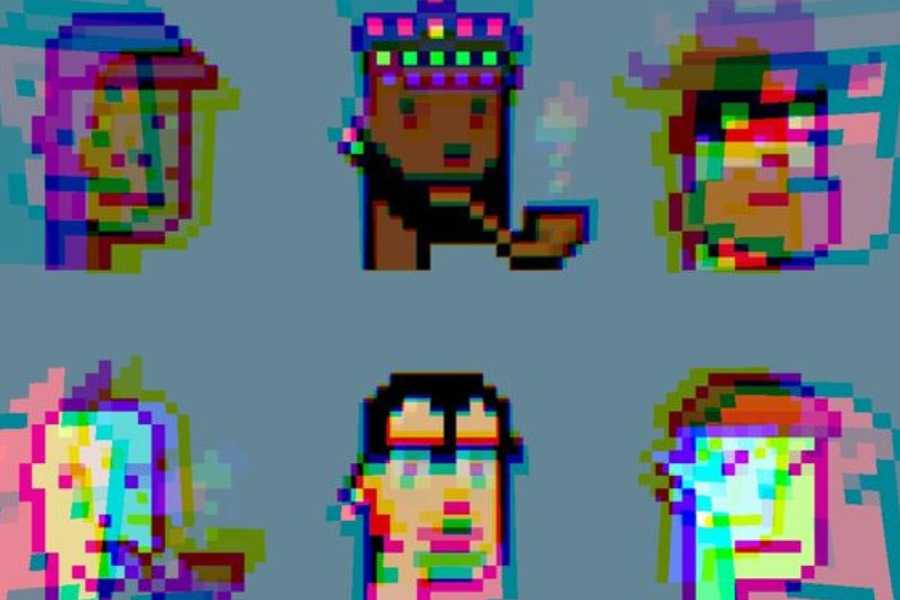
NFTs are a revolutionary technology that has opened up new possibilities for digital ownership. From art to collectibles, virtual real estate to utility tokens, and even fractional ownership, the world of NFTs is vast and diverse. As the technology continues to evolve, we can expect to see even more types of NFTs in the future.
If you’re interested in learning more about NFTs, check out our other articles on what to know about NFT and how to check if your NFT is legit. And remember, while NFTs can be exciting, always do your research before making a purchase. Happy exploring!
Tags
Share
Related Posts




Quick Links
Legal Stuff

